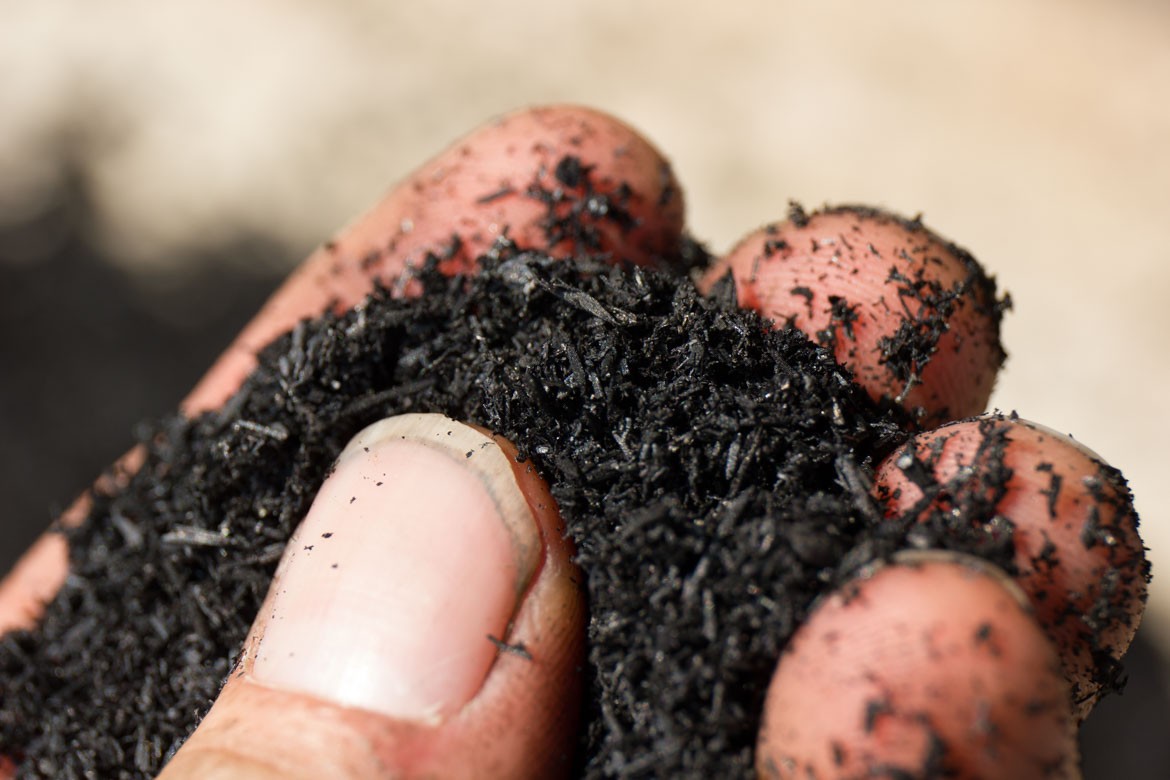How the World’s Most Fertile Soil Can Help Reverse Climate Change
Author: Dr. David Suzuki
Feeding more than 7 billion people with minimal environmental and climate impacts is no small feat. That parts of the world are plagued by obesity while starvation is rampant elsewhere shows part of the problem revolves around distribution and social equity. But agricultural methods pose some of the biggest challenges.
Over the past half century, the world has moved increasingly to industrial agriculture—attempting to maximize efficiency through massive, often inhumane livestock operations; turning huge swaths of land over to monocrops requiring liberal use of fertilizers, pesticides and genetic modification; and reliance on fossil fuel-consuming machinery and underpaid migrant workers. This has contributed to increased greenhouse gas emissions; loss of forests and wetlands that prevent climate change by storing carbon; pollution from runoff and pesticides; antibiotic and pesticide resistance; reduced biodiversity; and soil degradation, erosion and loss.
The “solution” offered by many experts is to double down on industrial agriculture and genetic modification. But doing so ignores how natural systems function and interact and assumes we can do better. History shows such hubris often leads to unexpected negative results. Others are attempting to understand how to work within nature’s systems, using agroecological methods.
One promising development is the renewed interest in a soil-building method from the distant past called “dark earth” or “terra preta,” which involves mixing biochar with organic materials to create humus-rich soil that stores large amounts of carbon. In the book Terra Preta: How the World’s Most Fertile Soil Can Help Reverse Climate Change and Reduce World Hunger, Ute Scheub and co-authors claim increasing the humus content of soils worldwide by 10 percent within the next 50 years could reduce atmospheric CO2 concentrations to pre-industrial levels.

